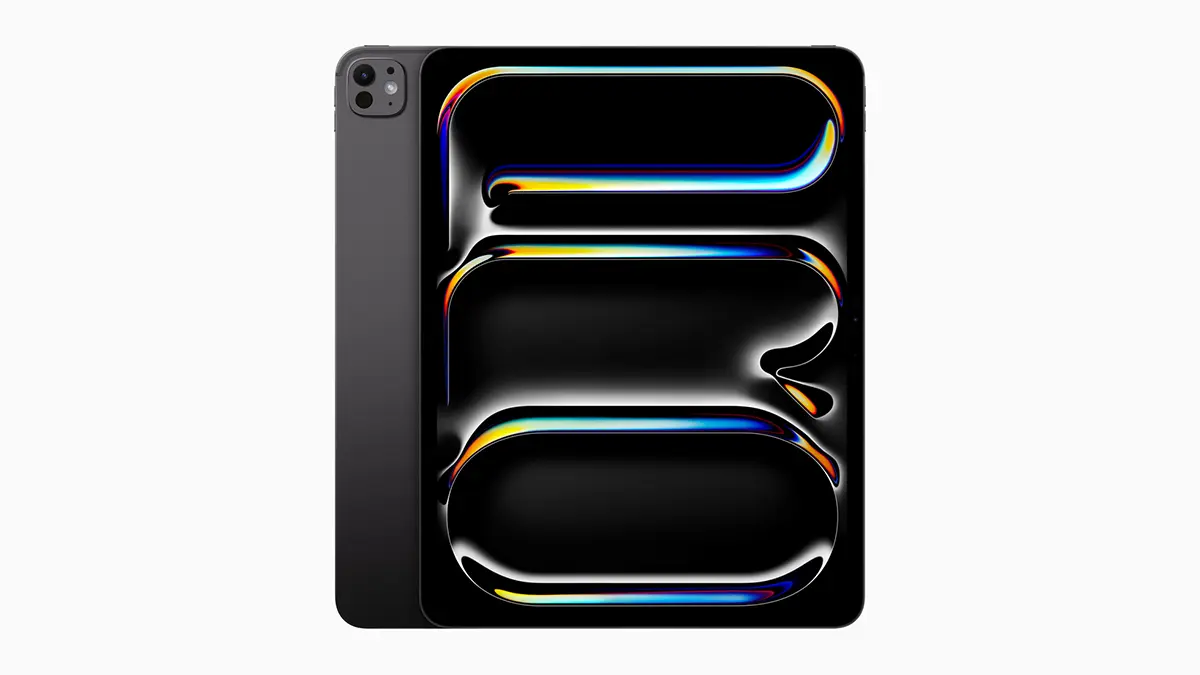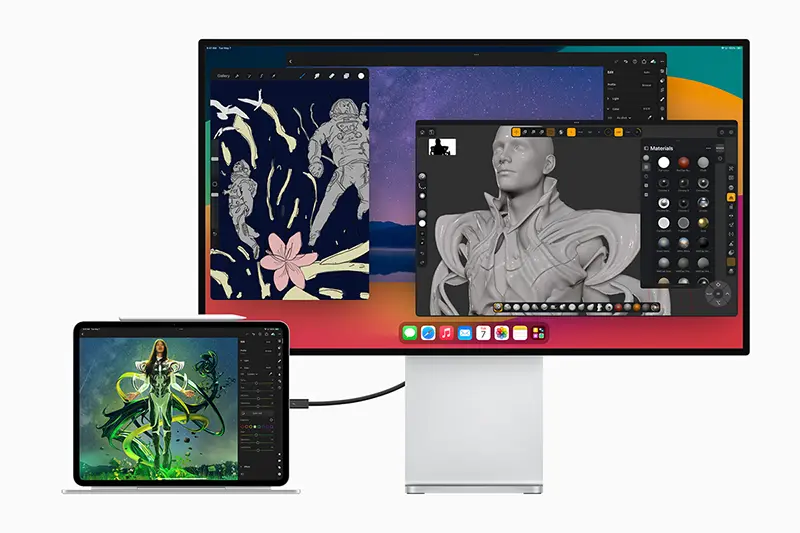
In 2021, the introduction of the M1 chip in the iPad Pro was a watershed moment. It transformed the device from a powerful tablet into a true desktop-class machine, making it an indispensable tool for 3D capture professionals. This article, updated for 2025, revisits our original analysis and explores the evolution from the M1 to the latest M4 chip, explaining why the iPad Pro remains the gold standard for on-site Matterport scanning.
The Professional's Rationale: Why the iPad Pro is Essential
While the Matterport Capture app runs on iPhones, the iPad Pro's large screen is not a luxury—it's a critical component of a professional workflow for several practical reasons.
- Precision for Clean Alignments:
The most important on-site task is marking windows and mirrors in the app. The large canvas of an iPad allows for precise marking, which is crucial for preventing scan alignment failures and ensuring the Cortex AI builds a clean, error-free 3D model.
- Clean Dollhouse Views:
The extra screen real estate is also invaluable for trimming walls and refining the "dollhouse" view on-site, ensuring the final model is aesthetically pleasing and accurately represents the building's structure. Modern anti-glare screens make this work feasible even in bright conditions.

The 16GB RAM Advantage: A Non-Negotiable for Large Scans
For service providers, the most critical specification is RAM. The Matterport Capture app stores a significant amount of data for each scan point. On extremely large projects, this can overwhelm devices with less memory. This is why we, and most other professionals, exclusively use iPad Pro models with 1TB or more of storage, as these are configured with 16GB of RAM. While the latest iPhone 17 Pro is incredibly powerful with its 12GB of RAM, that extra 4GB on the iPad is the difference between a smooth scan and a crashing app when you're on your 1,000th scan point in a massive industrial space.
The Real-World Trade-Off: Portability vs. Power
However, this power comes with a physical cost. The large iPad, combined with the professional camera and tripod, can be cumbersome. We've experienced this firsthand while scanning large heritage sites under tight deadlines, sometimes needing to move quickly on uneven stone floors, barefoot to protect the delicate surfaces. In those situations, before visitors arrive, every ounce of weight matters, and the large iPad becomes a noticeable part of the burden.
A Technical Evolution: M1 vs. M4
The leap from the M1 to the M4 is not just an incremental update; it represents a significant advancement in efficiency and specialized capabilities.
- CPU & GPU Performance:
The M4 chip features a more advanced 10-core CPU and a 10-core GPU with hardware-accelerated mesh shading and ray tracing. For 3D professionals, this translates to a noticeably faster and smoother experience when handling and aligning complex scan data in the Capture app.
- The Neural Engine Leap:
The Neural Engine in the M4 is significantly more powerful than the M1's. This directly benefits AI-driven features within apps like Matterport, leading to faster on-device processing and more intelligent alignment of scan data.
- Display and Form Factor:
The new Tandem OLED display on the M4 models offers superior brightness and contrast, making it easier to work on-site in varied lighting conditions. Furthermore, the devices are remarkably thinner and lighter, partially addressing the portability trade-off mentioned earlier.
**The 2025 Recommendation:** For any serious 3D capture professional, the M4-powered iPad Pro is the recommended tool. Specifically, investing in a model with at least 1TB of storage to get the 16GB of RAM is the most crucial decision you can make for ensuring reliable performance on large and complex projects.
A 2021 Time Capsule: The Original M1 Analysis
The following is our original, polished article from 2021. It captures the excitement around the M1 chip and explains why it was such a transformative moment for professional mobile computing.
The M1 Chip: A System on a Chip Breakthrough
In simple terms, the ARM-based M1 is a System on a Chip (SoC) that replaced the A-series chips in previous iPad generations. With the CPU, GPU, RAM, Neural Engine, and other vital components combined in one system, performance is substantially improved. Since data does not have to be copied between these components, battery life is also extended—a key factor while using the iPad for something like shooting a Matterport virtual tour for a large office space or warehouse.
Key Features of the M1 Era
- Display:
The 12.9-inch M1 iPad Pro featured a Liquid Retina XDR display, which was excellent for a clear HDR viewing experience when demoing a tour to clients.
- Connectivity:
The introduction of WiFi 6 and 5G support provided faster upload speeds from the field, a significant quality-of-life improvement for professionals.
- Data Transfer:
Support for Thunderbolt and USB 4 allowed for data transfers up to 40 Gbps, a boon for content creators needing to move large scan files to an external drive or a desktop for backup.